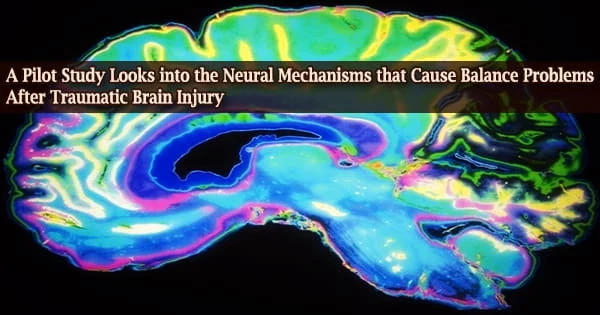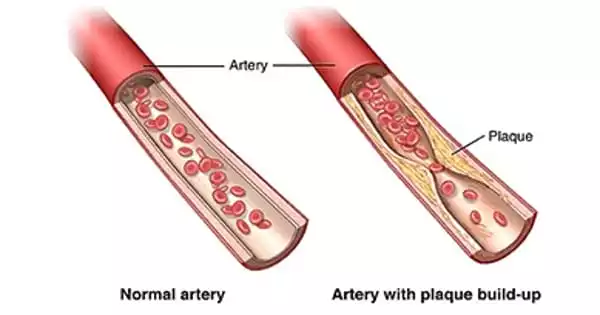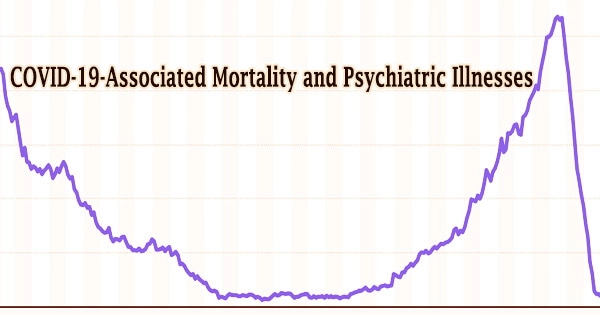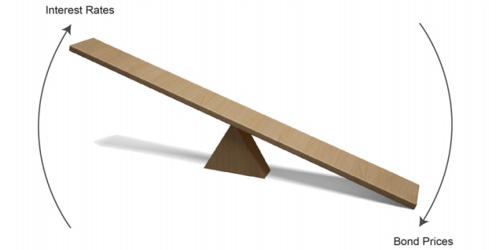Kessler Foundation researchers investigated the neurological correlates of balance in people with traumatic brain injury and matched controls using neuroimaging techniques and electroencephalography (EEG).
This is the first study to establish a connection between EEG-based functional connectivity metrics during a balance perturbation task and white matter integrity in the brain.
The article, “Graph-theoretical analysis of EEG functional connectivity during balance perturbation in traumatic brain injury: A pilot study,” was published online on July 26, 2021 by Human Brain Mapping.
The authors are Vikram Shenoy Handiru, Ph.D., Alaleh Alivar, Ph.D., Armand Hoxha, MS, Soha Saleh, Ph.D., Easter S. Suviseshamuthu, Ph.D., Guang Yue, Ph.D., and Didier Allexandre, Ph.D., from the Center for Mobility and Rehabilitation Engineering Research at Kessler Foundation.
Postural instability is a poorly understood symptom of traumatic brain injury that impedes recovery, inhibits independence, and puts one’s safety at risk. Despite the fact that it has a significant impact on people’s everyday lives and the lives of their caregivers, little study has been done on the brain mechanisms that contribute to balance function.
Using EEG-based graph measures, we were able to explore the differences in underlying structural and functional mechanisms in individuals with and without traumatic brain injury, which may lead to the identification of a neural biomarker for balance dysfunction.
Dr. Shenoy Handiru
Dr. Allexandre’s Neuromuscular and Neurophysology Laboratory evaluated 17 persons with traumatic brain injury and 15 matched controls for this pilot study. Scientists provided random balancing perturbations and assessed each participant’s neural and postural responses using a computerized posturography platform and EEG.
A group of individuals also underwent magnetic resonance imaging (MRI) at the Rocco Ortenzio Center for Neuroimaging at the Kessler Foundation to assess brain structural integrity using diffusion tensor imaging (DTI).
DTI investigations revealed significant structural damage in the traumatic brain injury group, who performed worse on balance tasks and had lower brain activity and connection.
The graph-theoretic measures of brain functional connectivity generated from EEG data suggest an aberrant brain network response during the balance task, which is an intriguing discovery that deserves more research.
“Using EEG-based graph measures, we were able to explore the differences in underlying structural and functional mechanisms in individuals with and without traumatic brain injury, which may lead to the identification of a neural biomarker for balance dysfunction,” said lead author Dr. Shenoy Handiru.
“Future investigations need to look at how to modulate brain networks affected by brain injury. We hypothesize that postural training may be a way to ‘re-wire’ damaged networks so their function mimics that of the healthy brain, and lead to the desired outcome of improved balance function.”
















